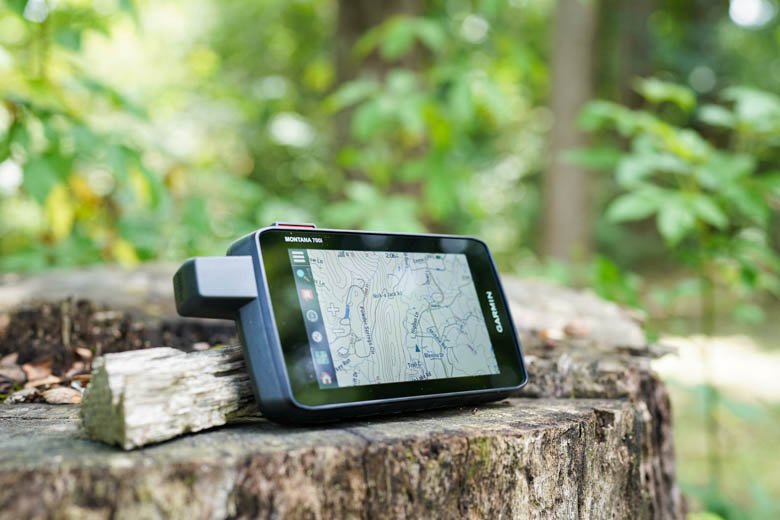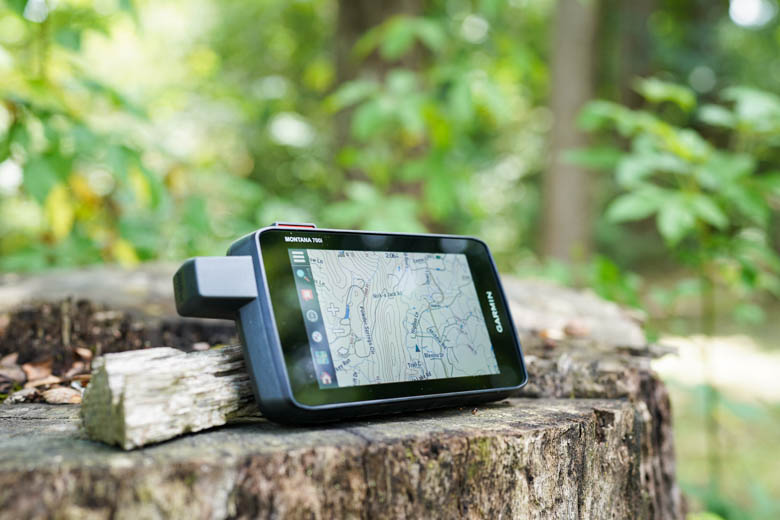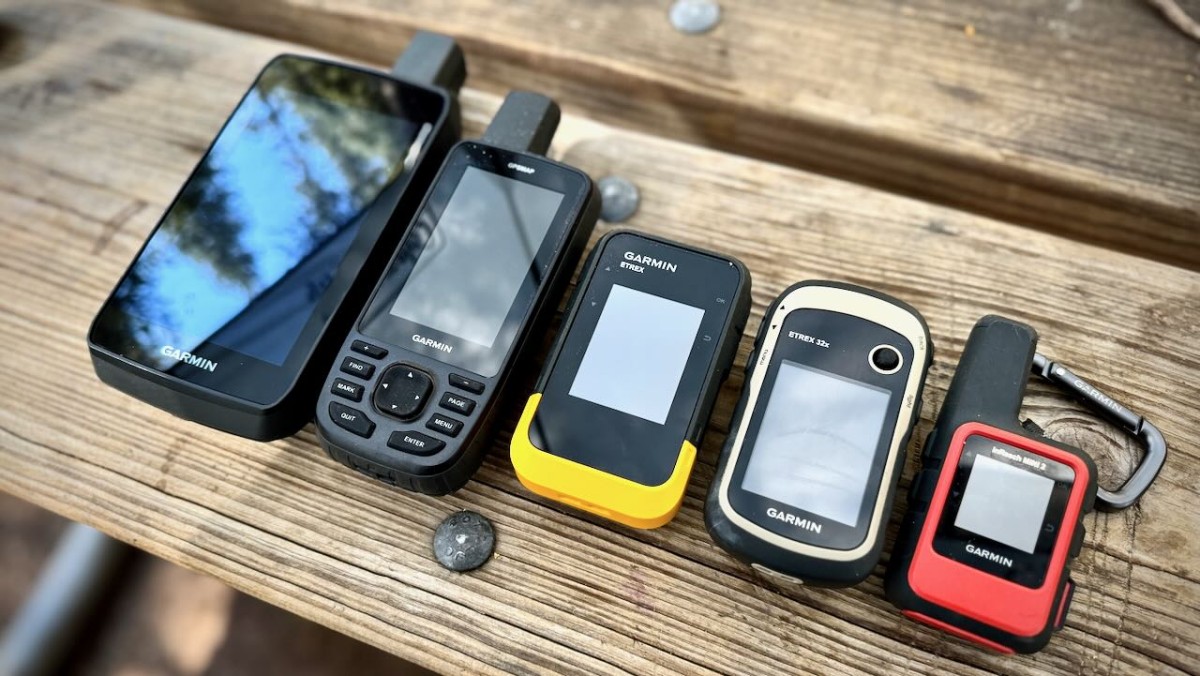Alright, let’s talk about figuring out the best gadget for tracking how high up you really are. Because honestly, I got tired of guessing or relying on my phone, especially after that hike last month where my buddy’s app told him we were at 1,200 meters while my ancient watch screamed 950. Someone was definitely wrong!

Starting Point: The Phone App Hassle
My first stop was the app store. You know how it is – figured I’d try free options first. Saw this Altimeter Ler Live GPS Geotracker app pop up recently. Grabbed it after reading it uses both sensors and GPS. Looked promising!
First test? Walking to my local hill. Fired it up. It showed altitude alright, but bounced around a lot when I was just standing still. Like, jumping 10 meters up or down while I was literally rooted to the spot. Not exactly confidence-inspiring for serious stuff. Plus, chewing through battery like crazy.
Thinking About Hardware: Dedicated Trackers
Okay, apps are convenient but flaky. Started looking at actual devices built for this. You know, those rugged little boxes mountaineers strap to their packs? Did my homework online. Found a bunch claiming super accuracy, but reviews were all over the place. Pricey too! Saw some forum chatter about them needing careful calibration with known altitude points nearby – something I definitely don’t have handy on a random trail.
I need something simpler. Less fuss.
Switching to Wearables: The Smartwatch Route
Then it hit me. My hiking buddy mentioned his newer smartwatch does altitude now. Didn’t think much of it then, but maybe…? Did some digging. Turns out a lot of fitness-focused watches now pack barometric altimeters. Even saw that new Huawei WATCH FIT 4 series talking big about its altitude tracking and offline maps.

Decided to borrow my buddy’s recent-gen smartwatch first (won’t name brands, but one of the top fitness models). Went back to that same hill.
Here’s the real test:
- Started at the known park entrance (about 50m according to city maps).
- Watch showed 52m. Close enough!
- Hiked up my usual loop. Reached the viewpoint I think is around 220m.
- Watch steadily climbed: 55m…120m…180m…220m. Bingo! Matched my expectation.
- Best part? The ascent/descent totals it tracked automatically. Saw I’d climbed 170m total after circling back.
Used it again on a weekend trip to the mountains. Checked against trail markers when I saw them. Usually within 10-20 meters. Way, way better than the app chaos. It felt consistent. No wild jumps.
Final Thoughts & My Pick
So, what’s the takeaway after messing with this stuff?
- Apps: Quick and dirty, free, but wildly unreliable sensors? Big battery drain? Frustration level: High. Maybe okay for casual glances, but forget it for anything serious.
- Dedicated Altimeters: Probably the most accurate if you’re super serious and calibrate right. But bulky? Expensive? More gear to carry and faff with? Not my style.
- Modern Fitness Watches: This feels like the sweet spot for most regular folks who hike, bike, or just want to know. The convenience of wearing it anyway, the tracking happens automatically, and the accuracy for recreational use? Damn good. Seeing that altitude change graph after a hike is just satisfying.
The absolute best device? For pure altitude tracking? Probably those fancy mountaineering gadgets. But honestly, for accuracy you can actually trust and a device you actually wear every day? A solid fitness watch with a barometric altimeter inside has become my go-to. Simple, always there, and way more reliable than I expected. No more guessing games on the trail.

